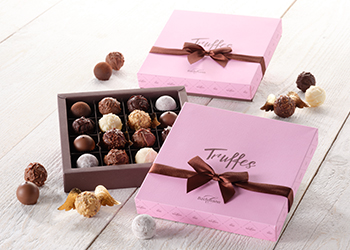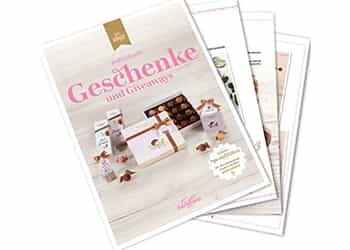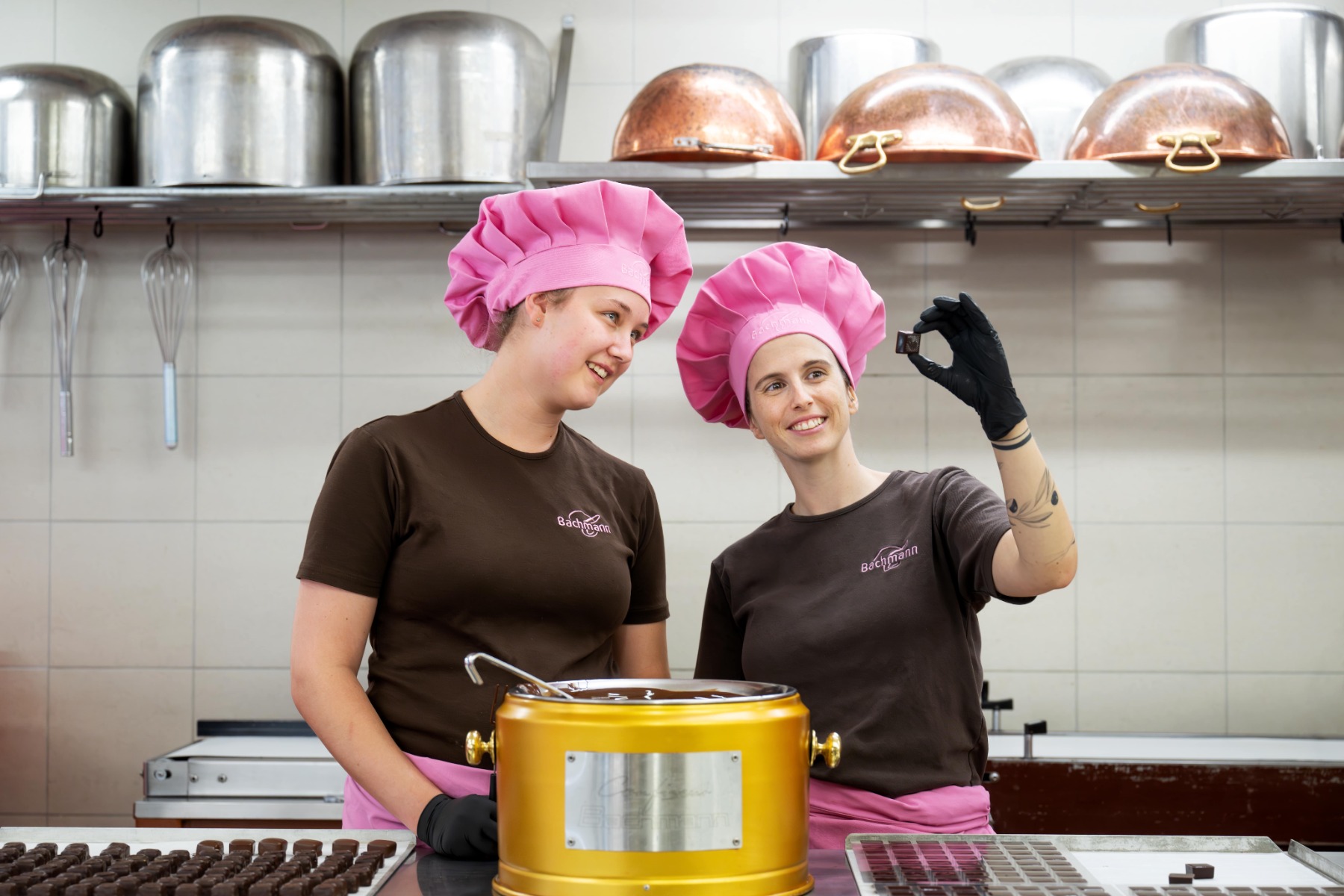Spelt possesses characteristics of which most other foodstuffs could be jealous: Spelt is healthy, keeps you fit, lifts your spirits, is currently a gourmet trend and is by nature an organic grain.

The history of spelt
The earliest known occurrences of spelt in Europe date back to the Late Stone Age (approx. 2400 – 2300 BC). Spelt is believed to have been the result of natural cross-breeding between emmer and dwarf wheat (common wheat). In the Middle Ages, spelt was cultivated all across Europe. The transformation from an agricultural to an industrial nation in the 19th century, however, laid the foundation for changes in farming. Mechanisation, the use of commercial fertilisers and pesticides as well as the specific cultivation of new, higher yield varieties of grain led to heavier crops. Wheat thrived just as well and even provided higher yields per hectare. Spelt developed far less quickly. The triumphant advance of the less care-intensive wheat continued unabated. Following 2,000 years of advanced civilisation, by the end of the 20th century, spelt was virtually threatened with extinction.
The fact that spelt survived is due primarily to the farmers and millers in grain-growing regions with unfavourable climates. These were forced to put quality before quantity, i.e. to accept smaller yields and a higher workload for a high-quality grain. Today’s consumers, however, are informed and critical and are increasingly giving thought to what they eat each day and what is really good for them. Thanks to them, 21st century spelt is regaining the importance it enjoyed for three millennia: of being the most precious staple that nature has to offer.
Recent analyses confirm the historical observations of Hildegard von Bingen and the special status given to PureSpelt within the grain family: it is rich in protein and a key source of essential amino acids. Equally impressive is the fact that it also contains far more minerals than wheat flour, in particular zinc and magnesium. Also unlike wheat, PureSpelt is characterised by its good fatty acids – containing a much higher percentage of unsaturated fatty acids. After all, even in the form of white flour, PureSpelt is rich in dietary fibres. In short: PureSpelt baked goods and dishes are a valuable addition to our often very wheat-based diet.
Einblick in die Backstube
Lassen Sie sich von der Qualität und dem Ideenreichtum in unseren Backstuben überzeugen.
Film Backstube













